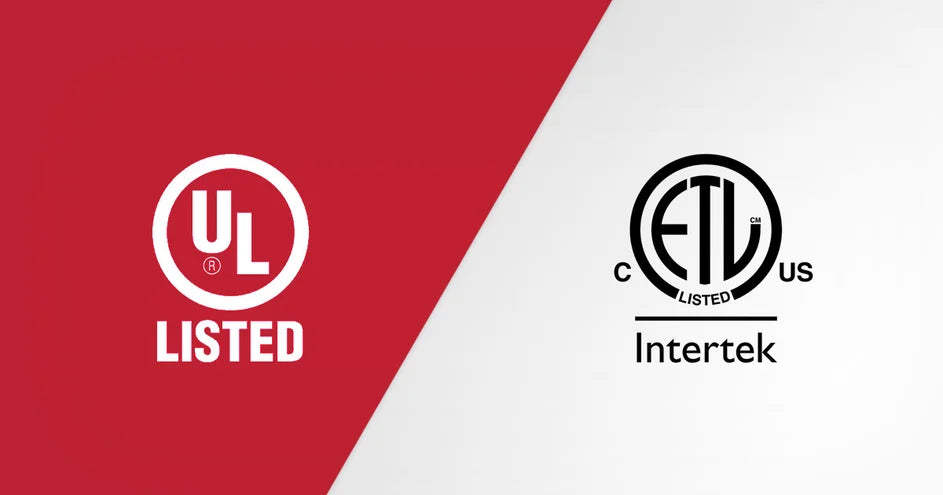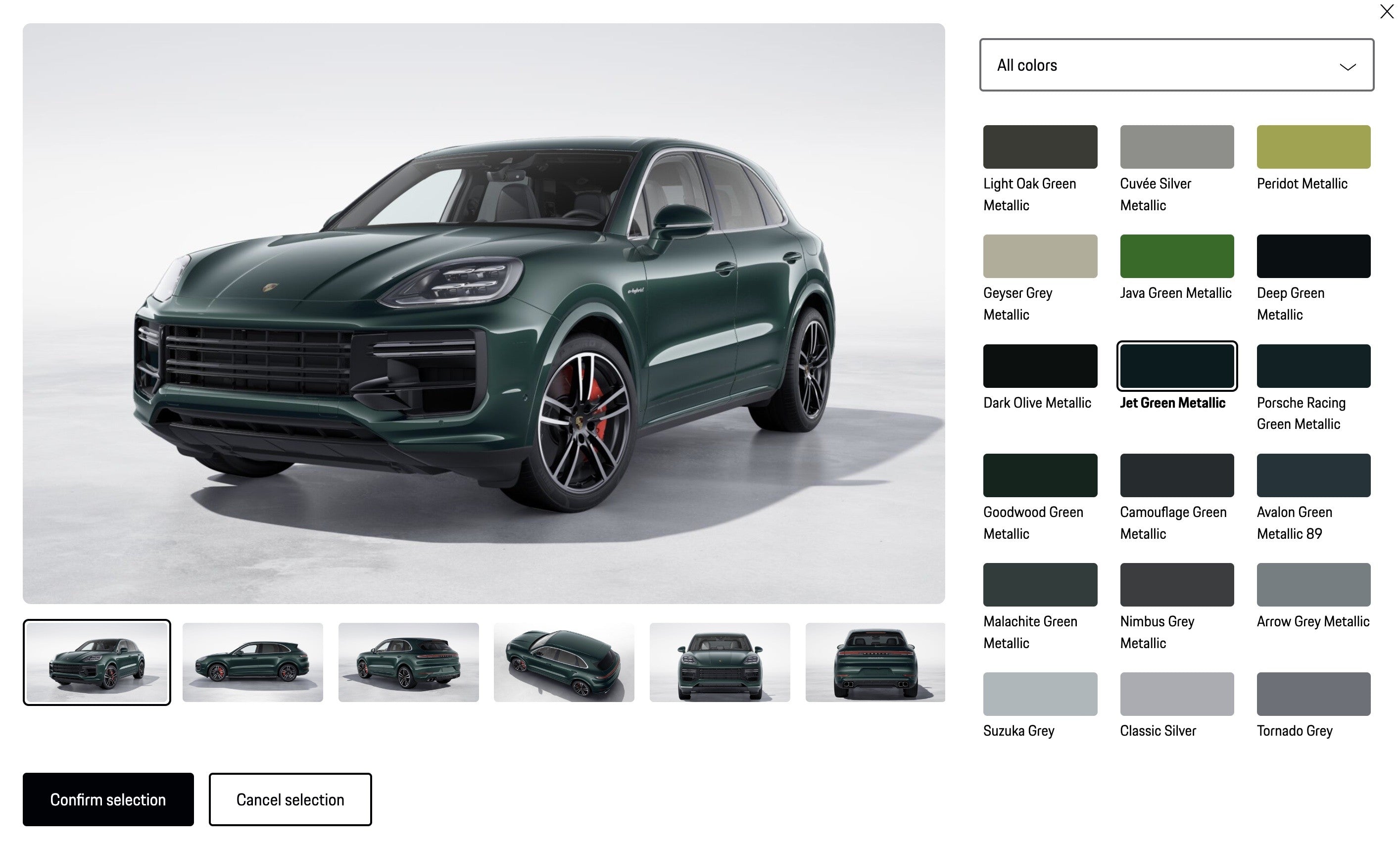Introduction
En Amérique du Nord, la certification de sécurité est une étape cruciale pour l'arrivée sur le marché de tout produit électrique ou de véhicule électrique. Deux marques – UL (Underwriters Laboratories) et ETL (Electrical Testing Laboratories) – apparaissent fréquemment sur les étiquettes des produits. De nombreux consommateurs pensent que l'une est plus sûre que l'autre, mais il s'agit d'une erreur. Les certifications ETL et UL sont techniquement équivalentes en termes de sécurité , toutes deux basées sur les mêmes normes américaines et canadiennes. La véritable différence réside dans la notoriété de la marque et sa reconnaissance sur le marché , et non dans le niveau de protection qu'elles offrent.
1. Comprendre les certifications UL et ETL
La certification UL provient d' Underwriters Laboratories , une organisation américaine créée en 1894. UL développe des normes de sécurité, effectue des tests de produits et certifie que les appareils répondent aux exigences nationales de sécurité en matière de risques électriques, mécaniques et d'incendie.
La certification ETL , gérée par Intertek , remonte aux Laboratoires d'essais électriques de Thomas Edison (1896). ETL teste également la conformité des produits aux normes UL, ANSI, CSA et autres normes de sécurité reconnues. Il est important de noter qu'ETL n'invente pas de nouvelles normes : ses tests sont conformes aux mêmes normes que celles utilisées par UL .
En d’autres termes, un produit qui réussit les tests ETL répond exactement aux mêmes critères de sécurité qu’un produit portant la marque UL.
2. L'équivalence technique des normes UL et ETL
Bien que certains puissent percevoir UL comme plus « officiel », cette croyance est historique plutôt que technique. UL et ETL sont tous deux des laboratoires d'essais reconnus au niveau national (NRTL) et approuvés par l' Administration de la sécurité et de la santé au travail (OSHA) aux États-Unis.
Cette désignation NRTL signifie :
-
Les deux utilisent des méthodes de test et des normes identiques .
-
Tous deux effectuent des inspections d’usine pour garantir une conformité continue.
-
Les deux sont légalement acceptés par toutes les autorités réglementaires nord-américaines.
| Critères de comparaison | UL | ETL | Différence |
|---|---|---|---|
| Normes de test | UL/ANSI/CSA | UL/ANSI/CSA | Aucun |
| Approbation réglementaire | OSHA NRTL | OSHA NRTL | Aucun |
| Niveau de sécurité du produit | Égal | Égal | Aucun |
| Sensibilisation des consommateurs | Plus haut | Légèrement inférieur | Reconnaissance uniquement |
| Acceptation aux États-Unis et au Canada | 100% | 100% | Aucun |
3. Pourquoi les consommateurs reconnaissent souvent plus facilement UL
UL existe depuis plus longtemps et a investi massivement dans sa visibilité publique. De nombreux acheteurs, ingénieurs et détaillants connaissent la marque UL, ce qui en fait un nom familier. ETL, bien que tout aussi crédible, est plus récent sur le marché grand public et parfois perçu à tort comme moins officiel.
Cependant, les principaux distributeurs, importateurs et autorités de réglementation reconnaissent pleinement les marques ETL . Dans de nombreux cas, la certification ETL permet même une mise sur le marché plus rapide des produits grâce au réseau mondial de laboratoires d'Intertek et à ses processus de test simplifiés.
4. Processus de certification : identique dans ses principes et son objectif
UL et ETL suivent pratiquement la même procédure pour l'octroi de la certification :
-
Examen des demandes et des documents – Les détails techniques et les listes de composants sont soumis.
-
Essais en laboratoire – Les tests de performance électrique, mécanique et thermique sont effectués conformément aux normes UL/CSA/ANSI.
-
Inspection d’usine – Les installations de production sont auditées pour garantir la cohérence et le contrôle de la qualité.
-
Homologation et marquage – La marque de certification (UL ou ETL) est accordée et répertoriée dans les bases de données publiques.
-
Conformité continue – Des inspections de suivi régulières garantissent une conformité continue.
5. Importance de la certification des véhicules électriques et des produits électriques
Pour les produits tels que les chargeurs, adaptateurs, rallonges et connecteurs d'alimentation pour véhicules électriques , la certification est indispensable. Ces produits supportent une haute tension et un courant continu ; tout écart par rapport aux normes peut présenter des risques d'incendie ou de choc électrique.
La certification UL et ETL garantit :
-
Protection contre la surchauffe et les surintensités.
-
Conformité vérifiée aux codes électriques nord-américains.
-
Admissibilité aux listes de vente au détail et de marché en ligne (Amazon, Home Depot, etc.).
-
Confiance pour les consommateurs que la sécurité du produit a été vérifiée de manière indépendante .
Pour des marques comme EVDANCE , le fait de détenir une certification UL ou ETL prouve un engagement envers la fiabilité et la conformité réglementaire : les deux marques garantissent également la sécurité des produits .
6. Reconnaissance du marché et perception des consommateurs
Bien qu'UL reste mieux reconnu, l'acceptation d'ETL a fortement progressé ces dernières années grâce à la mondialisation et à la simplification des processus d'approbation. La plupart des ingénieurs et inspecteurs en électricité considèrent désormais les deux marques comme interchangeables pour les documents de conformité.
Graphique : Reconnaissance du marché des services UL et ETL en Amérique du Nord
| Région | Notoriété UL (%) | Notoriété ETL (%) |
|---|---|---|
| États-Unis | 90 | 82 |
| Canada | 88 | 84 |
| Mexique | 80 | 76 |
7. Les idées fausses courantes démystifiées
| Idée fausse | Réalité |
|---|---|
| UL est plus sûr que ETL | Les deux offrent une garantie de sécurité égale et répondent aux mêmes normes. |
| ETL est uniquement destiné aux produits moins chers | ETL certifie des produits haut de gamme et de qualité industrielle dans le monde entier. |
| Les détaillants acceptent uniquement les UL | Les principaux détaillants américains acceptent à la fois UL et ETL. |
| ETL signifie moins d'inspections | Intertek effectue les mêmes audits de suivi d'usine que UL. |
8. Conclusion : sécurité égale, logos différents
Les certifications UL et ETL garantissent le même niveau de sécurité, de conformité et de protection des consommateurs . La différence réside dans l'image de marque, et non dans la qualité ou la fiabilité . Pour les fabricants, l'une ou l'autre marque garantit une acceptation totale sur le marché nord-américain. Pour les consommateurs, elles sont synonymes de tranquillité d'esprit.
En fin de compte, que votre chargeur, adaptateur ou cordon d’alimentation pour véhicule électrique porte une marque UL ou une marque ETL, vous pouvez être sûr qu’il répond aux mêmes critères de sécurité rigoureux définis par les normes américaines et canadiennes reconnues.








Partager:
Tesla Full Self-Driving (FSD) : technologie, sécurité, réglementation et perspectives
November 2025 North American Pure Electric Vehicle (EV) Recommendations